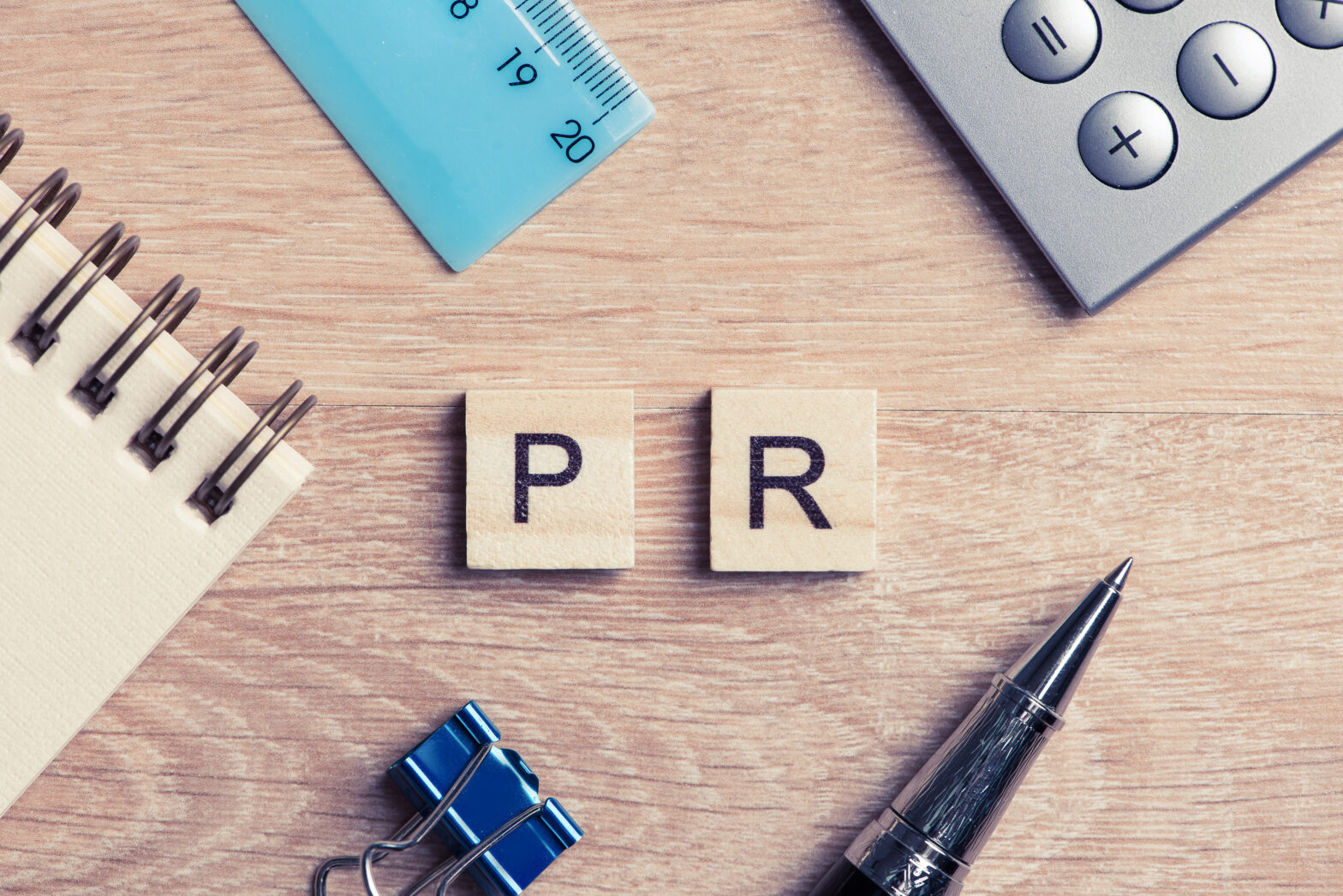Think of your company’s name and reputation as an elite athlete. It has to be in constant training to stay in the media. You can’t just pitch up once a year at the racetrack and expect to win the race. Your competitors who have been out there in all weathers, missing nights out with friends so they could pound the treadmill, will take the glory.
Just like muscle, reputation builds and strengthens over time. You have to do the hours to earn the right to be written about in the press. And that takes planning. This is a simple guide to making a small business PR plan that will get you media attention. But a word of caution. A gym membership does not guarantee the body beautiful. You have to turn up day in day out to achieve your goals.
The goal
Know where you are going. Aim to agree a clear statement of the objectives for your PR plan. Use these questions to help you identify your objectives:
- Why are you communicating?
- What are you hoping to achieve?
- What do you want people to do as a result of your PR?
Do you want people to:
know your name?
know what you do?
know how you have changed?
think you are big or small, traditional or cutting edge?
think you can help them?
change how they do things?
The audience
Now you know what you want them to know, who are they? What do they read? Where do they hang out? What are they interested in? How often do they need you? What do they do now? Write a list of audiences using these categories to give you a starting point: Public, Financial, Internal, Commercial, Government and Overseas. Now take that list. And, if you had half the time and half the money who would you prioritise? Focus on that group – don’t try to tell everyone everything.
The message
It makes absolute sense in your head. But often it feels almost impossible to explain what you do clearly and succinctly. It might feel uncomfortable to dumb down what is fascinating, beautiful, complex or clever. But, if you had 20 seconds to explain your business to a child, what would you say? What problem do you solve? Why do we need you? What evidence do you have to prove your claims?
Who are you, what do you do and where, why do you do it and when? Write this down and practice saying it to someone. If they have questions and don’t get it, you need to go back to the drawing board and try again. Don’t rush this process, really challenge yourself until you have it right.
The press release
The cornerstone of any PR plan is your news told in a press release. Write down all the milestones you can think of over the next 12 months. Look in your business plan for inspiration. Will you enter an award? Hire a senior member of staff or make a number of new jobs? Are you raising investment? Will you open a new office or enter new markets? Have you won a new contract or made a new partnership?
These are all milestones that can be turned into press releases. By plotting the milestones you ensure there is a constant flow of news about your company. And that means your audience will always be seeing your name crop up in the media. Even if they don’t read your local newspaper, they will spot the article if you share it on social media.
The media list
News is not created equal. Some news is big and should go to the national press. Some news is big but should just go to your trade press. And some news is big news only for your customers and suppliers and so should go straight to your own digital and social media channels.
You need to decide on the right target for your news. The important thing is to sustain activity over the long term. Just like an athlete in training. You have to keep doing PR, keep making noise to keep the momentum going.
By doing what the big brands do and publishing news constantly, you establish credibility and build reputation beyond your immediate network.
Think about all the publications you read. Google your competitors and see who is writing about them – this is the start of you building a media list. The external media channels open to you are:
- National
- Broadcast
- Local
- Business
- Trade
The internal media channels open to you are:
- Website
- Blog
- Email Newsletter
- Youtube
Once you have a timeline of milestones, add it to your monthly team meetings, so that PR is always on the agenda and you don’t forget to do it. Once it becomes habit you will find your reputation build and your influence grow.
I’ve written and implemented countless PR plans since the late 90s when I started my career. Although the media has changed beyond recognition, the fundamentals of what makes news and how to tell your story has stayed very much the same.
The last word
Good small business PR plans:
- Keep it simple so that everyone knows the aim and their role
- Make it targeted so you do the right things, rather than trying to do everything
- Build in review mechanisms for forward planning
- Update regularly in the light of experience and opportunities
- Communicate internally what is being said externally
Building your reputation and making your name known in the media is a hard slog. You can’t buy it, there are no short cuts, you have to earn it. Just like an athlete you are going to have to work hard and be consistent.
By creating a plan, everyone in the company knows what you want to do and how you are going to achieve it. And you’ll know when it’s working. Good luck. Run fast. Punch above your weight.
Sarah Lee is founder of PingGo.
Further reading on PR planning – What PR can do for a small business





